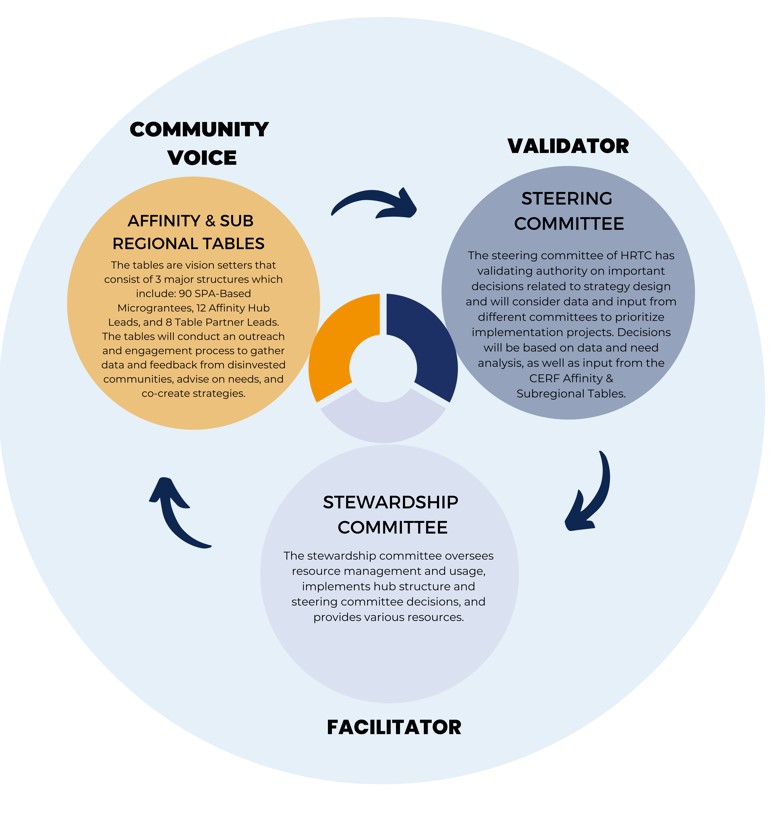JOIN OUR COALITION
If you are interested in joining the CJF LA Collaborative as an official partner, visit our onboarding portal.
The California Jobs First (CJF) program holds significant importance as a pioneering effort that places a strong emphasis on promoting equity and inclusion in economic planning. Unlike traditional approaches, CJF goes beyond merely focusing on economic growth and development; it strives to create an inclusive framework that considers the needs and aspirations of all members of the community, especially those who have been historically marginalized or underserved.
By actively engaging underrepresented groups and communities, California Jobs First aims to ensure that their voices are heard, their perspectives are considered, and their interests are integrated into the decision-making process. This approach fosters a more comprehensive and holistic understanding of the challenges and opportunities faced by diverse populations, leading to more impactful and sustainable economic development.
Through its innovative and inclusive approach, the program serves as a beacon of hope for driving positive change in economic planning, laying the foundation for a more equitable and prosperous future for all.


Through this historic initiative, community stakeholders will get a seat at the table within our Los Angeles High Road Transition Collaborative:
The California Jobs First program (CJF), formerly California Economic Resilience Fund (CERF), was created by the State of California to help local regions develop regional economic development plans. In Los Angeles County, CJF will help local stakeholders to:
The program seeks to develop and promote plans and strategies to identify high-quality, good-paying jobs in eco-friendly industries to increase disadvantaged communities' opportunities and quality of life. The California Jobs First program will also support businesses that invest in their workforces, pay living wages, and engage in environmentally sustainable business practices.
.png?width=771&height=2000&name=CERF%20LA%20HRTC%20GOVERNANCE%20MODEL%20(2).png)


The California Jobs First LAHRTC Will Prioritize A Community-led Climate Forward Economy.